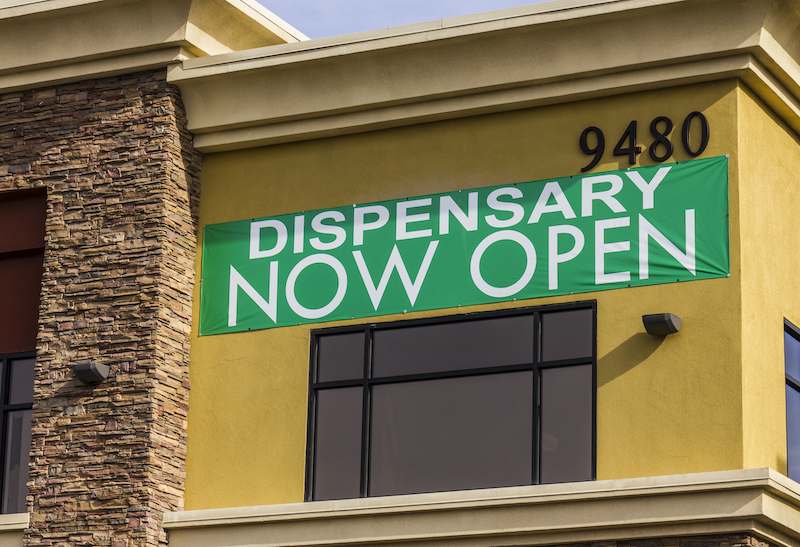Plus: Marijuana’s impact on youth; opioids and acute pain; and a state-by-state drinking–cancer assessment
By William Wagner
January 26, 2021As it is, suicide is a leading cause of death worldwide for people between the ages of 16 and 24. Throw a gambling problem into the mix, and things can become even more combustible. Other topics we explore in this week’s “From the Journals” include the adverse effects of marijuana on adolescents and young adults with a mood disorder, an attempt to minimize the exposure of opioids to trauma patients, and a state-by-state look at the connection between drinking and cancer.
From The Lancet Public Health:
Problem Gambling, Mental Health and Suicide
Due to the outsized growth of online betting, researchers from City, University of London and University of Glasgow undertook a study on what gambling is doing to the mental health of young adults (ages 16 to 24). Specifically, they used data from their 2019 online survey of 3,549 participants from the United Kingdom to determine whether there’s a link between problem gambling and suicide in this age group. Their conclusion, published late last week in The Lancet Public Health, is stark: “Problem gambling appears to be associated with suicide attempts in both young men and young women. …Young people with problem-gambling behaviors should be considered at risk for suicidality.” Thirty-seven percent of the survey’s male respondents and 14.5% of the females who had attempted suicide in the previous year were classified as problem gamblers.
Problem gambling appears to be associated with suicide attempts in both young men and young women. …Young people with problem-gambling behaviors should be considered at risk for suicidality.”— City, University of London and University of Glasgow study, 2021
From JAMA Pediatrics:
The Very Real Connection Between Marijuana and Youth Self-Harm
There’s no sugarcoating it, at least according to a newly published piece in JAMA Pediatrics: Weed can seriously mess up adolescents and young adults, especially those with mental health challenges in the first place. A group led by researchers from Ohio State University sought to find out whether cannabis use disorder (CUD) is connected with increased risks of self-harm, suicide and death among youths (ages 10 to 24) with mood disorders. The answer? Yes. “Cannabis use disorder is a common comorbidity and risk marker for self-harm, all-cause mortality, and death by unintentional overdose and homicide among youths with mood disorders,” write the authors of the study. The scope of the research was massive; about 205,000 youths with diagnosed mood disorders were examined between 2010 and 2017, followed by three years of statistical analysis. The researchers stress that their findings should be kept in mind as more states legalize medical and recreational marijuana use.
From the Journal of the American College of Surgeons:
Minimizing Trauma Patients’ Opioid Exposure
Doctors are tasked with striking a delicate balance when it comes to administering opioids to patients who are in acute pain. A research team headed by John A. Harvin, MD, MS, FAC, an associate professor at McGovern Medical School, University of Texas Health Science Center at Houston, took on the issue by evaluating two multimodal pain regimens (MMPRs) aimed at minimizing exposure to opioids. Overall, the researchers determined that “an opioid-minimizing acute pain strategy is effective and feasible” for trauma patients.
From Cancer Epidemiology:
A State-by-State View of Alcohol’s Link to Cancer
It’s already well established that drinking increases the probability of developing several different types of cancer. A recently released study by the American Cancer Society digs even deeper into the connection between alcohol consumption and cancer, breaking down the incidence and mortality by state. Delaware has the dubious distinction of leading the way: The proportion of cancer cases in the state that is attributable to drinking is 6.7%. Utah has the lowest proportion, at 2.9%. The research group believes the information gleaned from its study can inform the implementation of “state-level policies…to reduce alcohol consumption…[and] this cancer burden.”
Photo: Tarun Savvy













